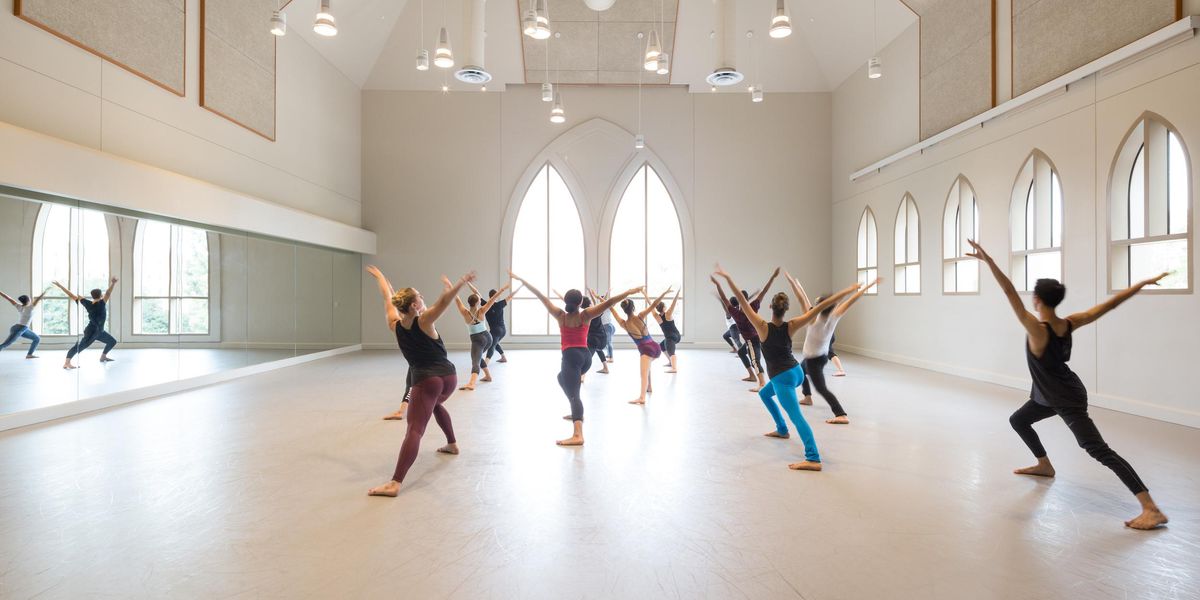Advice for Dancers: Escape Overuse Injuries
Brittany
NYC
Answer:
Unfortunately, I’m not surprised about the increase in injuries. Performing daily, sometimes twice a day, is a set-up for overuse injuries, especially if you’re also rehearsing new ballets and taking company class. In contrast to acute injuries that happen out of the blue, such as an ankle sprain, overuse injuries are caused by repetitive stress. While you can’t control how often you perform, you can be proactive in protecting your health to help prevent these problems. First, eat nutritious meals with sufficient amounts of protein plus calcium and vitamin D to ensure strong bones (see the Nov. 2012 column for more information). Poor eating habits could contribute to secondary amenorrhea, characterized as no menses for three or more months, which weakens your bones and is the leading cause of stress fractures. Rest is also crucial to helping you recover. Getting eight or more hours of sleep a night releases human growth hormone, which heals injuries. In addition, use your free day to relax with treatments like massage or acupuncture, so your body has a chance to rejuvenate. Finally, never endure pain for five or more days without getting a medical diagnosis. The sooner you get help for an injury, the faster it will heal.
Question: I’ve had the most unbelievable luck to be asked to apprentice with a great group of professional dancers. My problem is figuring out how to fit in. I run back and forth from my school classes to rehearsals and performances. I don’t feel like I fit in anywhere. I think the major problem is my own insecurity. How can I compete with these fantastic performers?
Amy
Los Angeles, CA
Answer:
Please give yourself a break. All dancers feel somewhat unnerved when they transition from student to professional status. Besides handling your usual school workload, you are suddenly immersed in a demanding rehearsal and performance schedule for the stage. TLC is not usually part of the program. You need to get your bearings fast. One way is to rehearse your parts on your own until they feel like second nature. The next is to present yourself in the most professional manner possible. This entails arriving on time (warmed up), dancing full-out in rehearsals, and acting like you know what you’re doing—also known as “fake it till you make it.” Research shows that dancers’ insecurity onstage dissipates over time as they gain more experience.
Question: My big toe has been hurting so much that I can no longer stand the pain of dancing on pointe. My doctor said it was an infected blister under my callus. Treatment involves time off and antibiotics. He said that I need to change my toe box from my favorite tapered line because I have a bigger than usual first toe. Why?
Shayna
Park Slope, NY
Answer
: Let’s be real. While every dancer would love a tapered line, the right fit depends on your foot type. A model’s foot, where the toes get shorter up until the fifth toe, looks beautiful on billboards. But it’s the most difficult one for pointe work, because these tapered toes need extra lambswool or other alternatives to compensate for the disparate lengths. In your case, a big first toe (known as an Egyptian foot) needs a narrow platform that keeps the big toe from jamming in bourrées and enables the lesser toes to take more of the pressure. It’s the fit, not the brand, that’s important. Fortunately, your doctor discovered the blister under your callus, which is hard to find because you can’t see it. I assume your doctor also drained the blister with a needle before treating it for an infection. According to dance medicine specialist Dr. William Hamilton, dancers who need to perform with a painful blister can use a hook-shaped linoleum knife (found at hardware stores) to cut out a hole in the toe box from the inside while leaving the satin intact. That way, you can dance on pointe with a blister without passing out, so to speak. Who said dancing wasn’t glamorous?
Linda Hamilton, Ph.D., is a psychologist in private practice, the author of Advice for Dancers (Jossey-Bass), and co-author of The Dancer’s Way: the New York City Ballet Guide to Mind, Body, and Nutrition (St. Martin’s Griffin). Her website is www.drlindahamilton.com.




